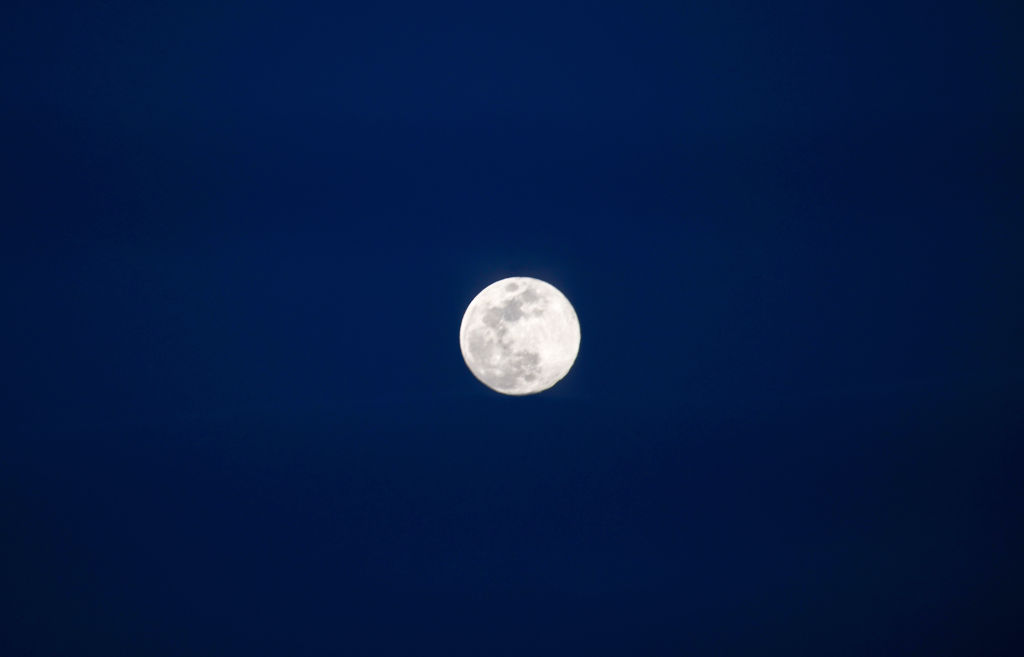The first full moon of the year, known as the Wolf Moon, will rise Monday night, offering viewers a chance to see it appearing opposite the Sun.
According to NASA, the full moon in January will peak around 5:27 p.m. ET on Monday, just after sunset. It will be visible for three days, from Sunday evening through Wednesday morning.
The Wolf Moon will pass in front of Mars, visible across most of the continental U.S. and parts of Africa, Canada and Mexico. According to the Old Farmer’s Almanac, specific moonrise times are determined based on the different zip codes nationwide.
Why is it called the Full Wolf Moon?
In the 1930s, the Maine Farmer’s Almanac began publishing Native American names as full moons, which has been the standard ever since. The almanac details how the January full moon got its name.
According to the outlet, the Wolf Moon is based on packs of wolves heard howling outside the villages during the cold, deep winter snows.
The wolves also howled at night to locate other pack members, socialize as a group, and mark their territory.
Are there alternative January moon names?
In addition to Wolf Moon, the moon in January has other alternative names, such as Center Moon, which is used by the Assiniboine people of the Northern Great Plains, according to the almanac.
The other moon names describe the brutal cold weather of the season:
– Cold Moon (Cree)
– Frost Exploding Moon (Cree)
– Freeze Up Moon (Algonquin)
– Severe Moon (Dakota)
– Hard Moon (Dakota)
When is the next full moon?
February’s Snow Moon will peak illumination at around 8:53 a.m. ET on Wednesday, Feb. 12. According to the almanac, the best time to see the moon is the night before or later that Wednesday.

